You know that dams are sometimes curved and sometimes relatively straight. Your interest in physics, hydrology and geology will increase when you learn why dams with sloping walls are built the way they are.
Its main function is to water water from mountains, rivers and lakes. accumulate in the reservoir Dams are not simple structures at all.
When carefully examined, the dams that they differ you can come across. So why are the dams different in shape, why are some dams built obliquely?
These huge walls, which accumulate large amounts of water behind them, owe their functionality largely to their shape.
The issue that the engineers prioritized while constructing the dam solid enough whether or not. Because the force created by the water accumulating in the dams can spread to the whole of the dam if it is built obliquely, and thus the force can be applied to a single point. overload preventable. In this way, cracks do not occur and the dam does not break.
As a matter of fact, the lack of careful determination of the preferred soil and the cracking of the dam can cause problems in nearby settlements. to the floods and even to earthquakes It can even cause.
RELATED NEWS
Human Invention Most Likely to Trigger Earthquakes: Giant Dams
However, the force exerted by the water accumulating in the reservoir is not the only factor that affects the oblique shape of the shape.
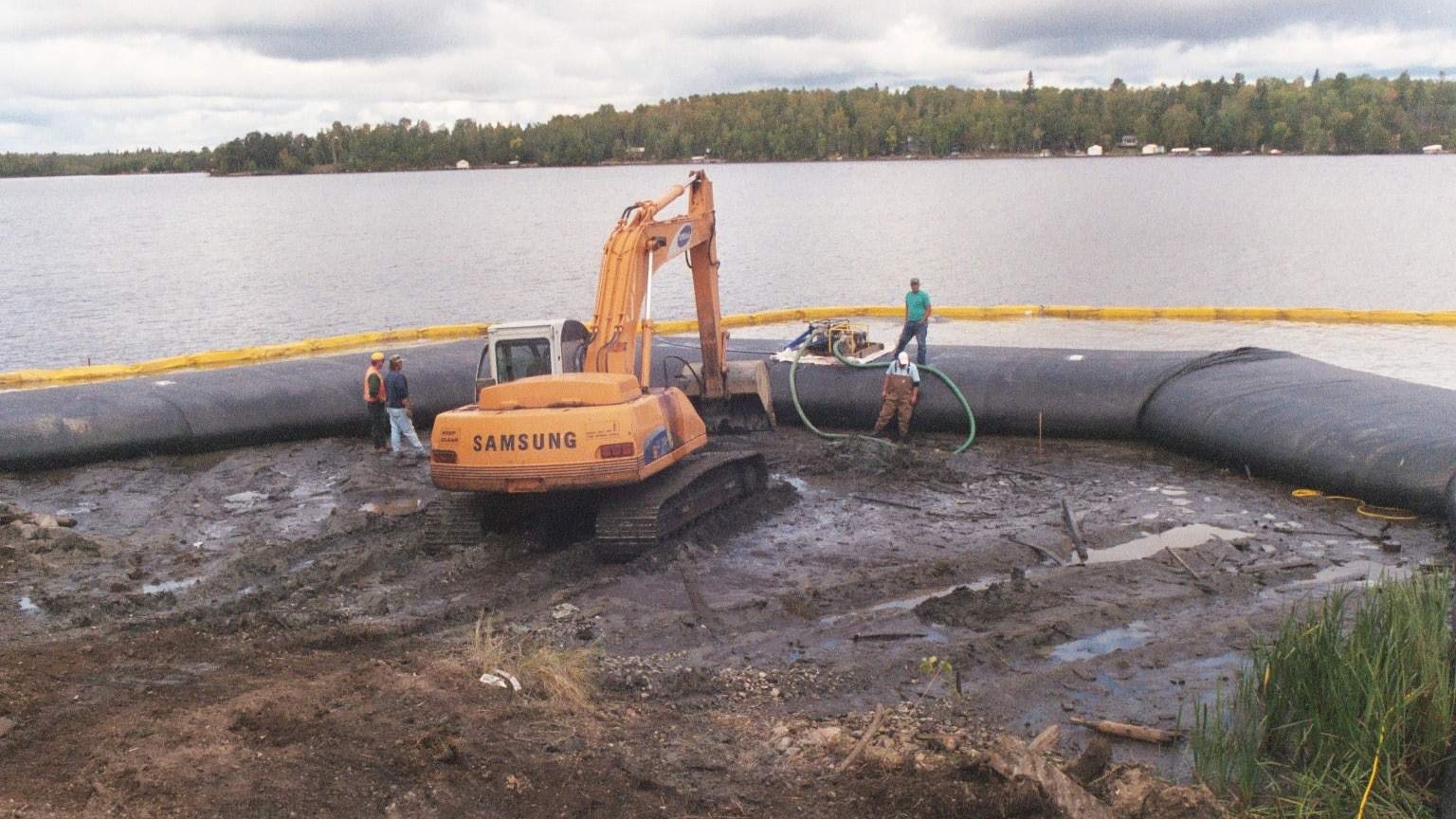
Dams are built with a slope, usually the ground on which they will be built. not strong enough a solution method used.
The reason why the soundness of the ground is so important is that when the construction of the dam is completed to a very large mass to have it. If the ground is not solid, the dam can be eroded by water from below or be damaged after earthquakes.
To better explain the situation, let’s compare two famous and differently built dams. The first of our examples is the “Great Ethiopian Renaissance Dam”, one of the largest dams in Africa.
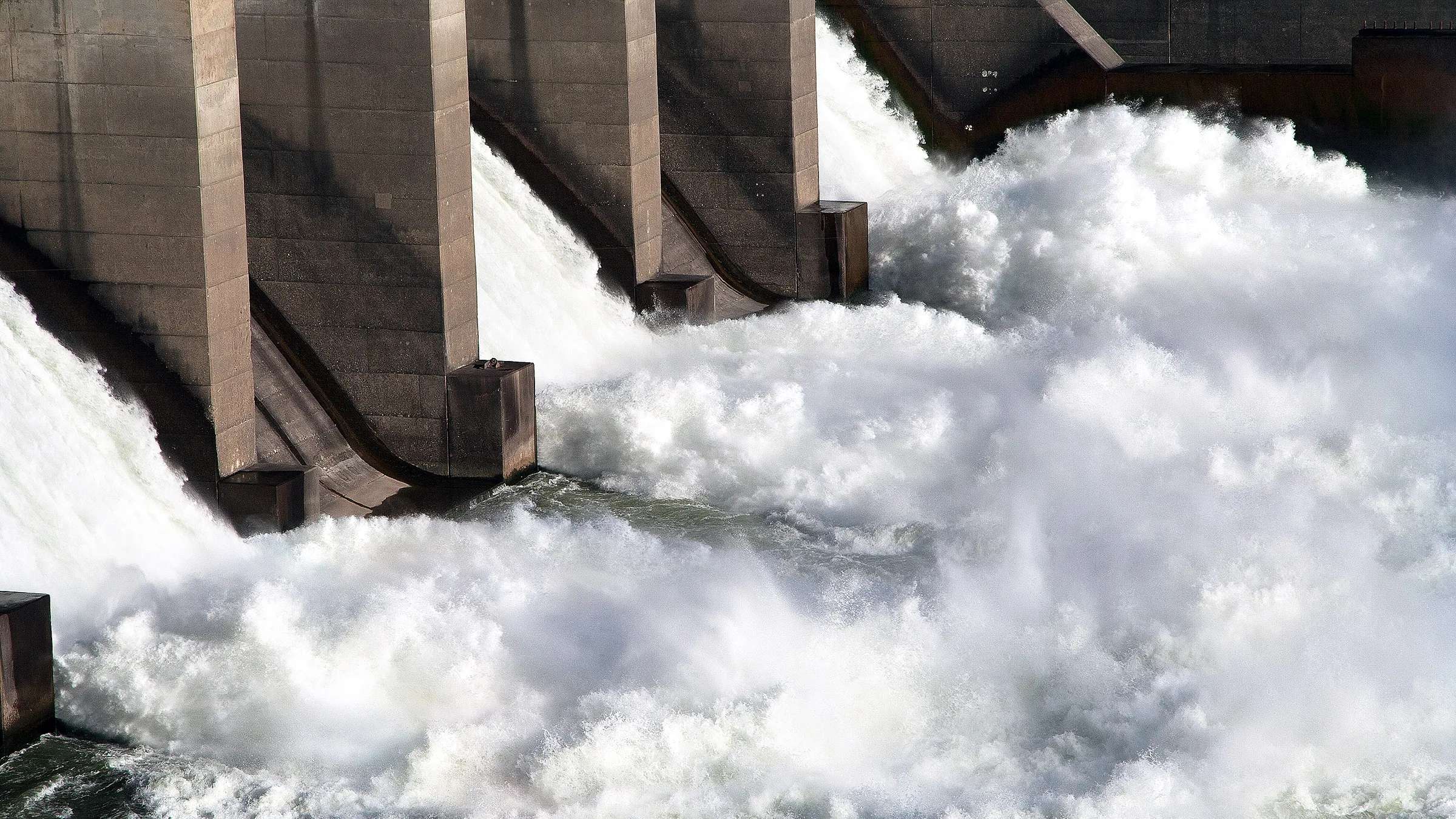
Built by Ethiopia, this 145-metre-high and 1780-metre-long dam has become popular recently, as it blocks most of the water flowing into the Nile River and thus into Egypt.
Ethiopia’s electricity needs potential to meet all Despite the political problems with Egypt, this dam was built with great care and attention.
dam, ground able to support the weight of the dam and it is built where the soil can hold the ends of the dam well enough. The front of its walls lean forward to balance the force exerted by the water.
Our next example is the “Kariba Dam” located on the Zambia-Zimbabwe border.
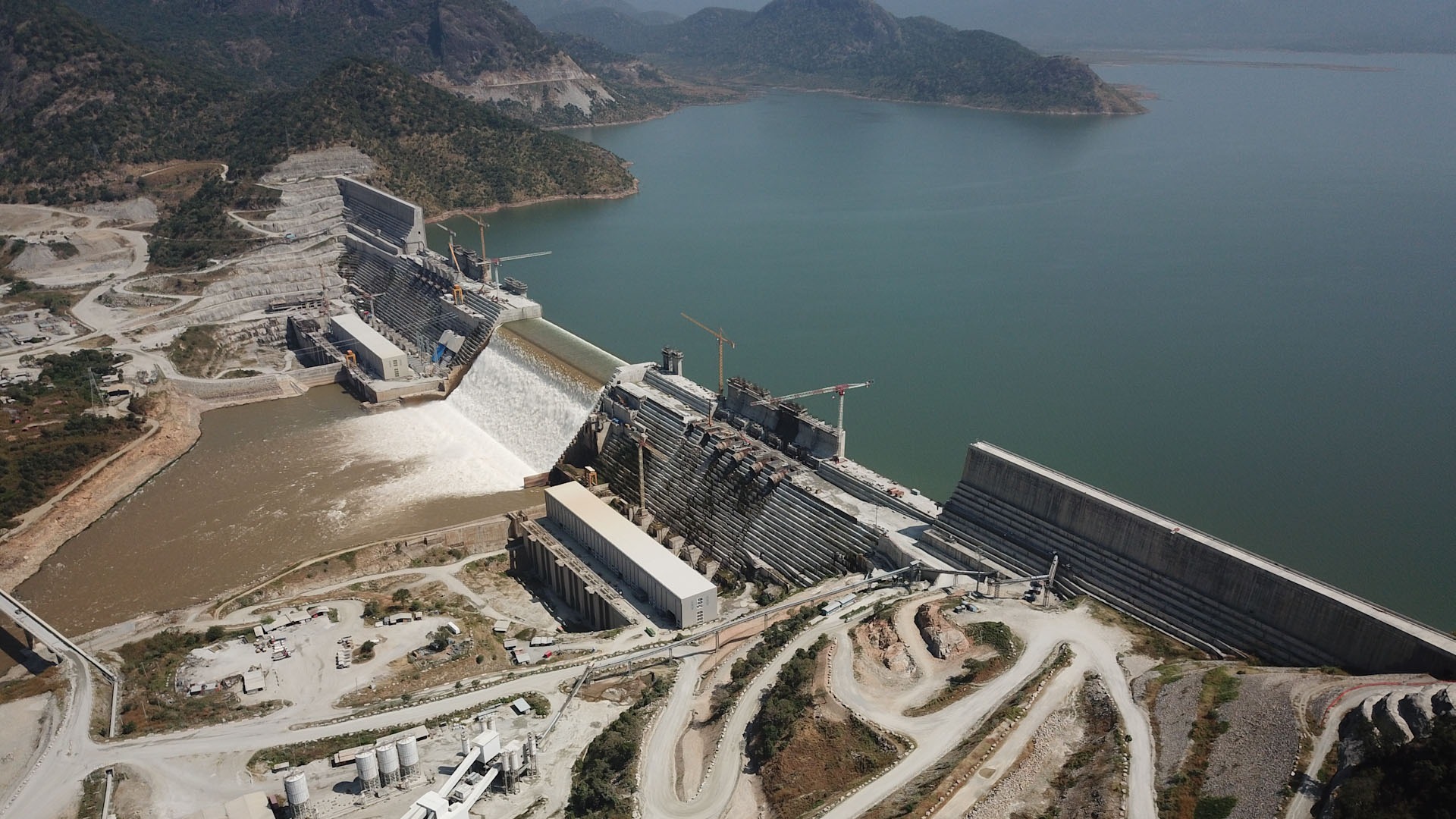
With a height of 128 meters and a width of 580 meters, Kariba Dam is also the oldest dam in Africa.
The dam was built without a slope compared to the Great Ethiopian Renaissance Dam. This meant that the water in the reservoir would exert too much force on the dam, so the engineers had to build another wall behind the wall and connect the two. So the state is due to a problem that it can easily solve by sloping cost more.
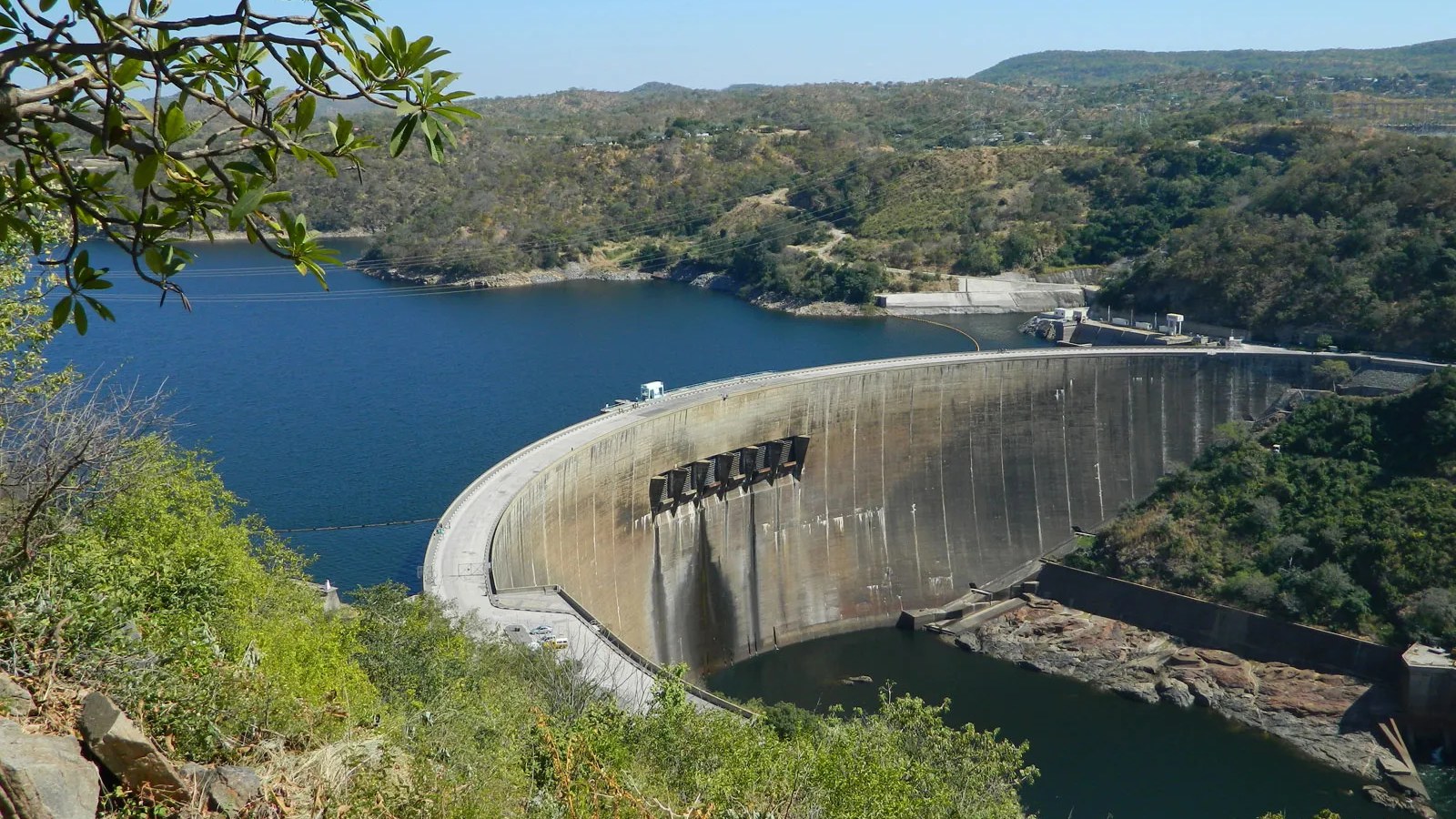
The strength of the dam is as important as the strength of the ground and the hills on which the ends of the dam will be located.
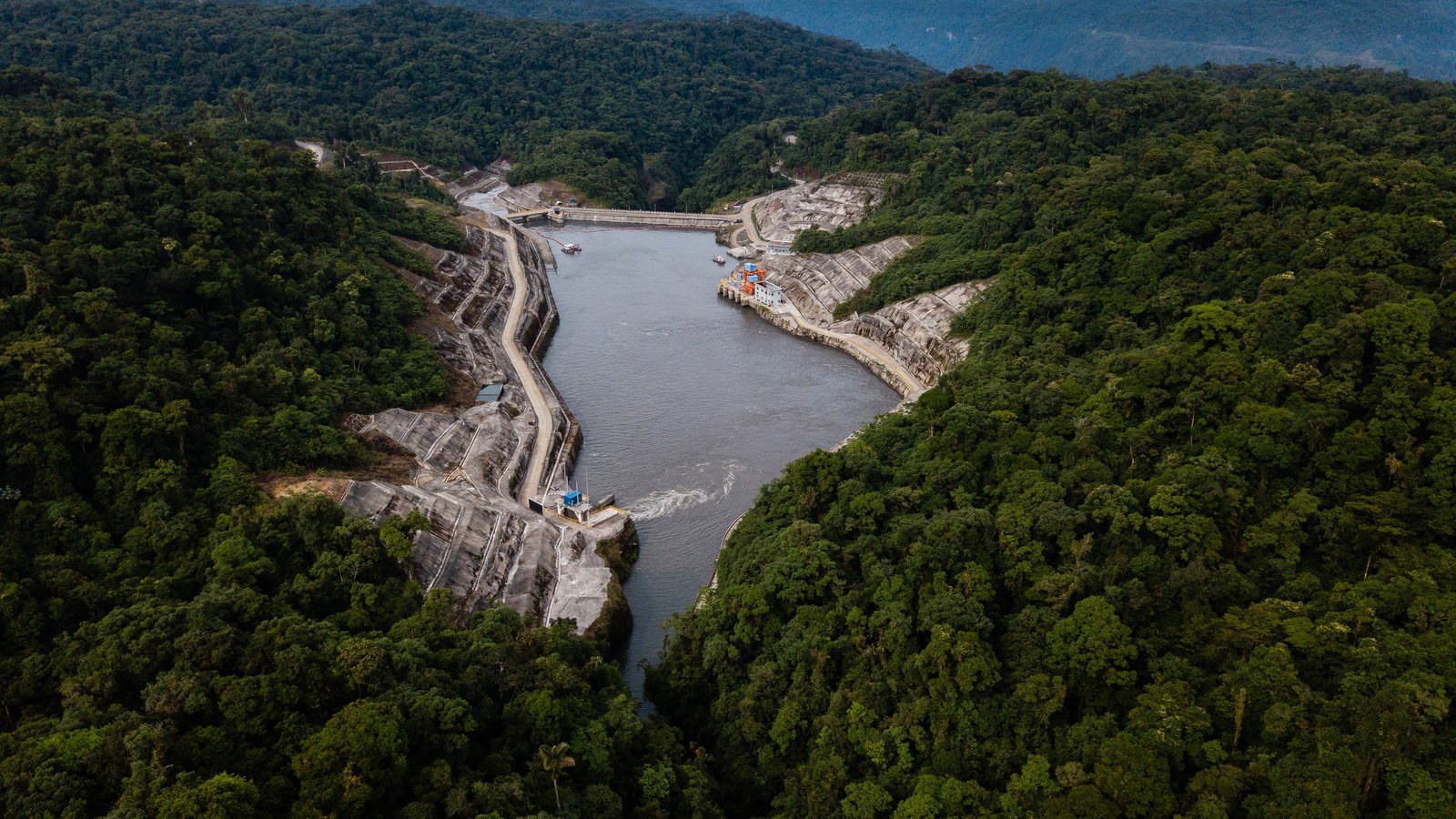
Dams are structures that can be easily damaged and harm their environment unless they are built carefully. That is why in their construction of maximum measure is always required.
By a Chinese company in Ecuador close to a volcano In 2018, the “Coca Codo Sinclair Dam” was built. more than 7000 crack was discovered. As a matter of fact, during the construction of the dam, neither the inclination of the wall nor the strength of the ground nor the strength of the dam itself was taken into consideration.
Although the Ecuadorian government decided to sue the company, it was too late because the damage was too much and it would be very difficult to repair. The dam was destroyed by a moderate earthquake or volcanic eruption one day. can be destroyed envisaged.
RELATED NEWS
Why Are Those Floating in a Dam More Likely to Drown?
RELATED NEWS
Ruins of 3,400-Year-Old Ancient City Unearthed Under a Drying Dam
RELATED NEWS
